Sustainable Urban Renewal: Engineers’ Role in Changing the Built Environment
Andrew W. Herrmann
American Society of Civil Engineers
ABSTRACT
Urban infrastructure for water, energy transmission, and transportation requires significant investment to effectively manage its economic and environmental impacts. Investment in water infrastructure must be increased to prevent higher costs to businesses and households and to protect almost 700,000 jobs, personal incomes, gross domestic product (GDP), and US exports. Investment in energy transmission infrastructure can prevent or minimize the impact of future blackouts and brownouts, yielding further protection for 529,000 jobs, personal incomes, GDP, and US exports. Finally, investment in surface transportation infrastructure can both create millions of jobs and protect existing positions, save nearly 2 billion hours in travel time, save each family $1,060 per year, and add $2,600 in GDP for every person in the United States. These investments can also help improve the overall standard of living. In all these different fields, engineers play a critical role in shaping the world and making the environment sustainable.
INTRODUCTION
Urban infrastructure is failing to keep up with modern life. Additionally, the emergence of new “megaregions,” as more people move to urban centers,
requires sustainable and resilient renewal for three basic aspects of life: water, energy, and transportation. In the words of Dr. Bugliarello,1
The infrastructure problem is enormous in its dimensions; its causes and remedies are complex; and the need to address them is urgent. The nation is at a crossroads—should we continue to make expedient fixes, hoping they will suffice in the short term, or should we rethink fundamentally the role of infrastructure in our future, reconsider our choices and opportunities, and reassess the road blocks facing us.…
Today, [the] foundation is inadequate in capacity and performance and in need of maintenance and repair, close surveillance, and assessment. In addition, substantial portions of our infrastructure are vulnerable to environmental disasters, such as earthquakes, floods, hurricanes, and rising sea level, as well as to hostile attacks.
The question is, How can we as engineers and thinkers change how we think about and build the urban environment?
FACTS AND FIGURES
Infrastructure has a lifespan. Proper maintenance extends that lifespan, poor maintenance shortens it. Far too many infrastructure systems lack the funding needed for proper maintenance. The American Society of Civil Engineers (ASCE) has for several decades issued a report card for America’s infrastructure; the last one came out in 2009—and for 15 categories of infrastructure assigned an average grade of D.2
Consider these facts:
• Leaking pipes lose 7 billion gallons of clean treated drinking water each day.
• 10 billion gallons of untreated wastewater reach the nation’s waterways each year.
• The United States produces 254 million tons of solid waste per year.
• Motorists spend more than 4 billion hours each year stuck in traffic, wasting time and fuel.
___________________
1 Bugliarello G. 2008. Infrstructure and transportation: Our nation at a crossroads. The Bridge 38(2):3–4.
2 The ASCE Report Card for America’s Infrastructure is available online at www.infrastructurereportcard.org/.
• One in four bridges is either structurally deficient or functionally obsolete.
• Electricity demand has grown by 25 percent since 1990, taxing transmission and distribution systems.
The goal is to rethink how to build, maintain, and repair America’s infrastructure with an eye toward the future.
The urban environment is of increasing importance, as US city centers become more condensed and new megaregions start appearing, as seen in Figure 1. Today, US cities with populations of at least 150,000 are home to 80 percent of Americans and generate almost 85 percent of the nation’s GDP. By 2050, the US population is expected to grow to about 439 million, compared to 310 million in 2010, a 42 percent increase in 40 years. Worldwide there will be 9 billion people compared to 6.9 billion today.
Population growth has been a major source of GDP increases in US cities. Infrastructure has to be ready to handle the new burden of the mega-regions in new, sustainable, and resilient ways.
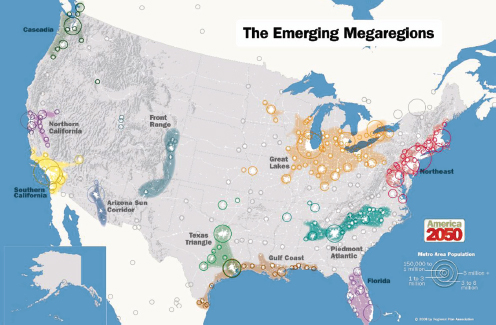
FIGURE 1 Emerging Megaregions of the United States
SUSTAINABILITY AND RESILIENCE
The term sustainability seems to crop up everywhere these days, in conversations on topics ranging from compostable paper products to LEED-certified buildings to national energy policy. Sustainable civil infrastructure concerns environmental, economic, and social (the triple bottom line) well-being now and for the future.
Another buzzword is resilience, which has a more complex definition. It can be described as the capability to militate against significant all-hazards risks and incidents, and to expeditiously recover and reconstitute critical services with minimum damage to public safety and health, the economy, and national security. Long-term resilience takes into consideration the stability of the system and how it functions and adapts. Resilience can be on the pathway to a sustainable approach. With resilience, one anticipates irreversible change and assigns a risk value to it, and then acts to mitigate consequences for the next event.
In urban renewal, both sustainability and resilience are critical to infrastructure that works in a world with more people and more significant infrastructure needs.
Let’s link these ideas to three key areas of infrastructure—water, energy, and transportation—and consider how engineers can incorporate sustainability and resilience in each.
Water
Many regions in the United States are juggling competing needs for water between municipal and domestic users, agricultural and industrial users, and the environment. Population growth, urbanization, and climate change will continue to stress water resources and accelerate the need for new solutions to conserve, supply, treat, store, and distribute water. Worldwide, nearly 800 million people lack access to clean water and 2.5 billion lack access to sanitation.
What should engineers be doing? I suggest the following:
• Find new methods for making upgrades and repairs to aging infrastructure to fix leaks that waste billions of gallons of water every day.
• When designing and building new water infrastructure, or repairing or replacing existing infrastructure, ensure that the owner considers investments that are cost effective over their life cycle, are resource efficient, and are consistent with community sustainability goals.
• Follow resilience management practices for water and waste that make it possible to calculate risks and prepare responses specific to natural and human-caused hazards.
• Establish collaborative response networks with other utilities to support response to and recovery from emergencies.
• Reclaim and/or restore surface water bodies in wetlands to naturally filter out and remove contaminants. If designed properly, restored creeks and wetlands can offer greater flood protection and enhance city cooling.
• Develop new sources of water, such as desalination plants, tertiary water treatment for recycled water use, or rainwater collection treatment and redistribution systems.
Energy
The main sectors of energy consumption in the United States are electric power generation, which is the largest at 40 percent of the total, followed by transportation at 28 percent, industry at 20 percent, and residential at 11 percent. The primary sources of fuel used to create this energy are petroleum, natural gas, and coal. By 2050, the national global demand for energy will dramatically increase, but the capacity of the US grid is already being challenged.
What should engineers be doing?
• Focus on substituting low-carbon renewable energy for the current mix of carbon-based energy. If this shift is successful, emissions from the energy and power sectors will be lower and the energy sector’s environmental footprint will be smaller.
• Prepare to add to the network by building and permitting new energy generation facilities, considering that new transmission lines will be needed to move energy from new sources to where it’s needed.
• Strengthen the grid by addressing the resilience of the operation and planning of the bulk power system, such as real-time transmission operations, balancing load and generation, emergency operation, systems restoration, voltage control, and cyber security.
• Determine whether the system should be expanded or changed, and if so, how to meet resiliency standards across the grid.
• Consider new approaches to permitting and building transmission lines in the context of sustainability.
Transportation
With projected population growth comes a huge increase in demand for transportation, for both passengers and goods. A vision for the future is that all people have access to affordable and safe transportation, as greater access to mobility will improve social and economic activities.
What should engineers be doing?
• Develop transportation infrastructure concepts with a mix of travel options, such as vehicle, air, and rail transit; pedestrian and bicycle thoroughfares; and efficient traffic flow.
• Actively contribute to planning, designing, and building new infrastructure as well as improving existing infrastructure. Focus on eliminating bottlenecks, providing convenient interfaces (e.g., intermodal transfer stations), upgrading traffic control technology (e.g., smart traffic lights) and detection technology, and supporting new systems (e.g., high-speed rail) that allow large passenger volumes on interregional routes.
• Design intelligent transportation systems (ITS) to enhance the efficiency, speed, and reliability of public and private transport. ITS will enable people to minimize waiting times by combining different modes of transport, thereby improving social capital.
Sustainable transportation systems help lower the number of transportation-related deaths and injuries and significantly reduce negative environmental impacts by, for example, decreasing greenhouse gases and other harmful air emissions.
INVESTMENT
Engineers play a unique role in the built world—planning, analyzing, designing, building, and rebuilding things that touch the planet—and therefore have an optimal and natural role in changing the built environment to meet new needs.
Infrastructure is the cornerstone of the US economy, and repairing and modernizing it has positive impacts on GDP and jobs, in both the short and long term. ASCE commissioned a series of economic studies, called “Failure to Act,” to show the consequences—for families, businesses, jobs, and the economy as a whole—of failure to invest in US infrastructure.3 ASCE found
___________________
3 The studies are available online at www.asce.org/failuretoact/.
that there is a rough road ahead, and that there is definitely a link between investment in infrastructure and economic performance.
In the case of water and wastewater treatment infrastructure, a strong system is essential to protect and support US businesses, families, and the entire economy. Figure 2 shows that failure to invest in the maintenance of this system causes business costs to rise by $147 billion and household costs by $59 billion. Families are squeezed by another $900 per year as water rates go up and personal income falls. However, an additional $84 billion invested between now and 2020 could help prevent those increased costs to businesses and households, and protect 700,000 jobs, $541 billion in personal income, $460 billion in GDP, and $6 billion in exports.
In terms of electrical transmission, an additional $11 billion per year between now and 2020 could prevent blackouts and brownouts that cost businesses $126 billion and households $71 billion (Figure 3). In addition, 529,000 jobs would be protected, as would $656 billion in personal income and half a trillion dollars in GDP.
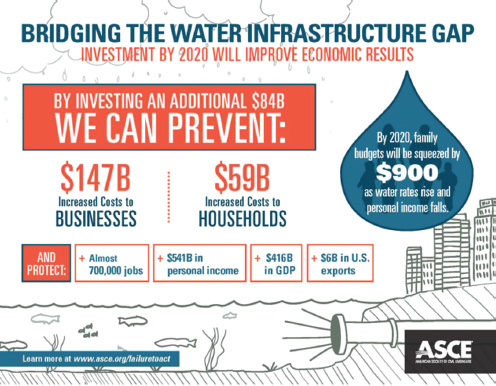
FIGURE 2 Water Infrastructure Investment
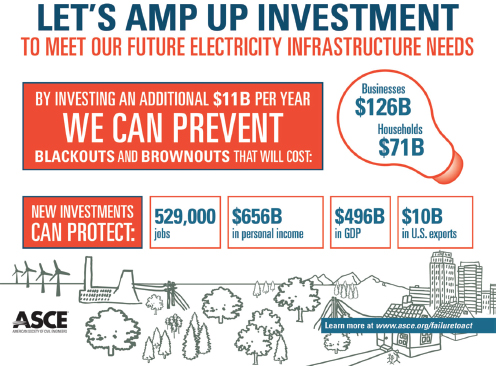
FIGURE 3 Energy Infrastructure Investment
In the case of surface transportation, an equally rough road lies ahead in the absence of investment in infrastructure (Figure 4). By 2020 overall transportation costs will increase by $430 billion. Families will have a lower standard of living, earning $700 less per year but spending an additional $360 per year for transportation. Businesses and workers will pay a heavy price with the net loss of 877,000 jobs. America will lose ground in the global economy as the GDP underperforms by almost $1 trillion.
The investment needed for transportation is $94 billion per year between now and 2020. This investment would create millions of new jobs, protect a million existing jobs, save nearly 2 billion hours in traffic time, save families over $1,000 a year, and add $2,600 in GDP for every person in the United States.
Figure 5 summarizes some of the key results of the “Failure to Act” reports. A tenfold return on investment in infrastructure is expected, easily justifying such investment. The link between a nation’s infrastructure and its economic competitiveness has always been understood, but now the costs to the United States of stalled or insufficient investment are clear.
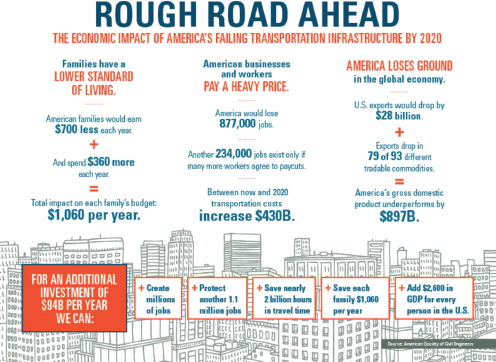
FIGURE 4 Transportation Infrastructure Investment
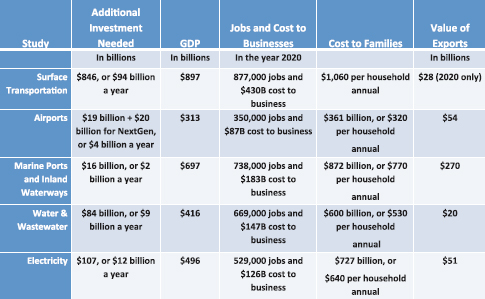
FIGURE 5 Summary of “Failures to Act” (from the ASCE website; www.asce.org/failuretoact/)
CONCLUSION
Engineers are at the forefront of the nation’s infrastructure upgrades, with a critical opportunity to approach infrastructure repair, enhancement, and construction in new ways that incorporate sustainability and resiliency to make existing and emerging cities and megaregions smarter and greener.










